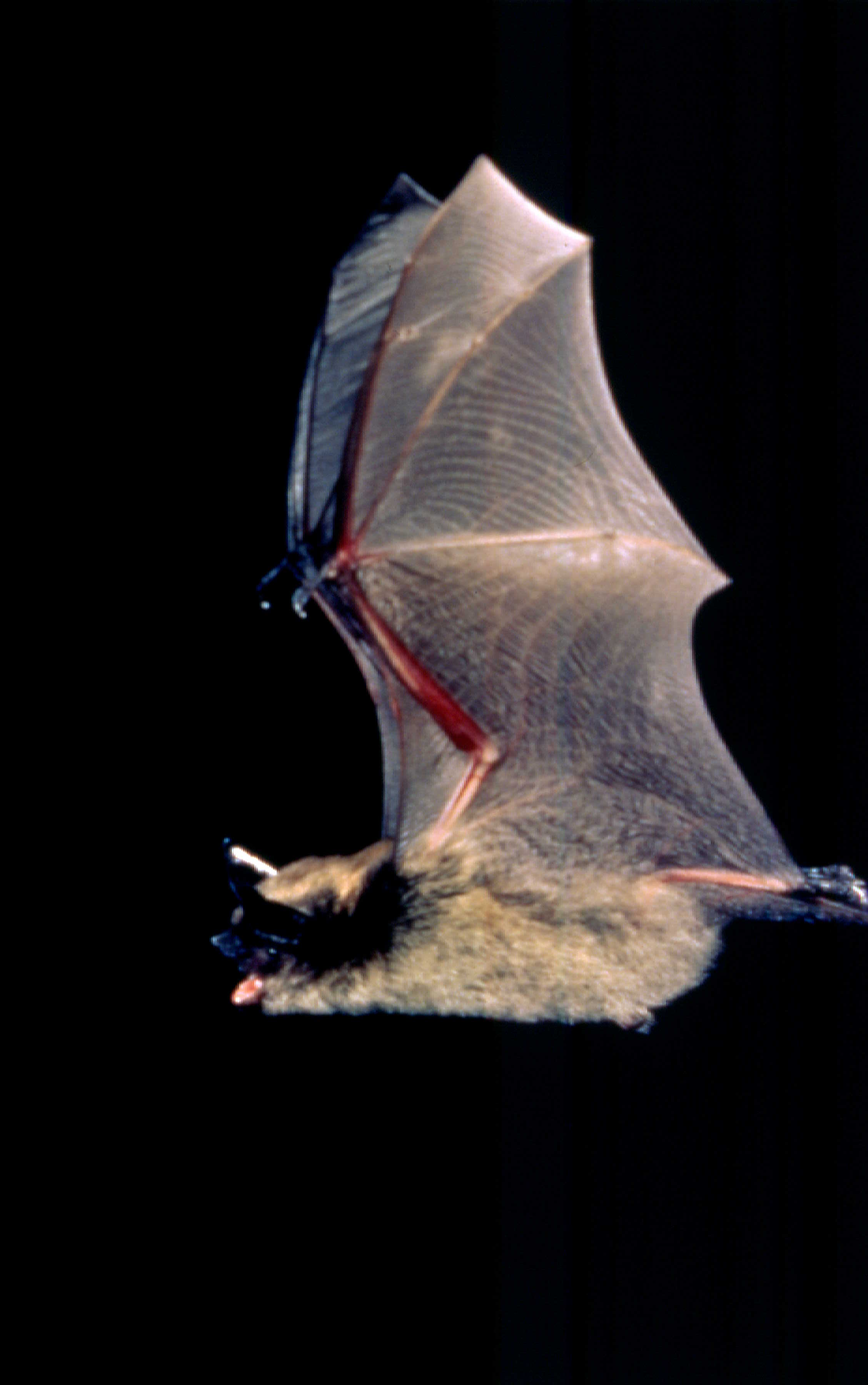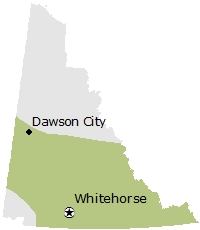
Name
- Common name: Little Brown Bat
- Scientific name: Myotis lucifugus
- Order: Chiroptera
- Family: Verspertilionidae
Also known as
Little Brown Myotis
Viewing opportunities
- The best place to see bats is at their roost when they first leave for feeding at night. Quietly stand by a roost about ½ hour after sunset to watch them fly out.
- At night, walk along the water’s edge where the bats will be feeding on insects and drinking water.
- Normally bats don’t fly about during the day, but you may spot them spreading their wings at roost entrances to cool down in the heat.
Report your bat sightings
The Government of Yukon is encouraging Yukoners to report any bat colonies in their homes, buildings or bat houses.
Go to BatWatch.ca or email batwatch@yukon.ca to describe your bat observations and where they are living.
This information will help us track the number of active bat colonies in the Yukon, and learn more about where bats like to live.
Description
- A small bat with dark brown fur.
- Dark leathery wings, pointed ears, prominent snout and small beady eyes.
Fast facts:
- Length: 25 cm wingspan
- Weight: 8 g
- Lifespan: 30 years
- Habitat: Boreal Forest
- Predators: Owls
Conservation status
- Yukon: S3B (Vulnerable)
- Global: G3 (Vulnerable)
Behaviour
Little Brown Bats are nocturnal and only leave the roost to feed at night. At the height of summer this gives them only 1 to 2 hours a night to hunt insects. During summer, females roost in colonies of up to several hundred bats and give birth to a single pup. Males roost alone or in small separate groups. In the fall, Little Brown Bats leave their summer range and migrate to hibernation sites. The hibernation locations for Little Brown Bats in the Yukon are unknown. Bats return in the spring to the same roost year after year.
Diet
Flying insects such as mosquitoes.
Distribution

Sights and sounds

Bats and people
- Little Brown Bats readily roost in buildings, such as abandoned cabins, attics, roofs and under siding.
- Find out what to do if bats move in to your home or building.
- Bats are excellent neighbours to have around as they can eat thousands of insects a night.
- Building a bat house may help keep bats out of buildings. Bat houses provide excellent bat viewing opportunities and a secure roost for maternal bat colonies to raise their pups.
- Download plans and designs for a bat house.
- Step-by-step instructions for building a bat house.